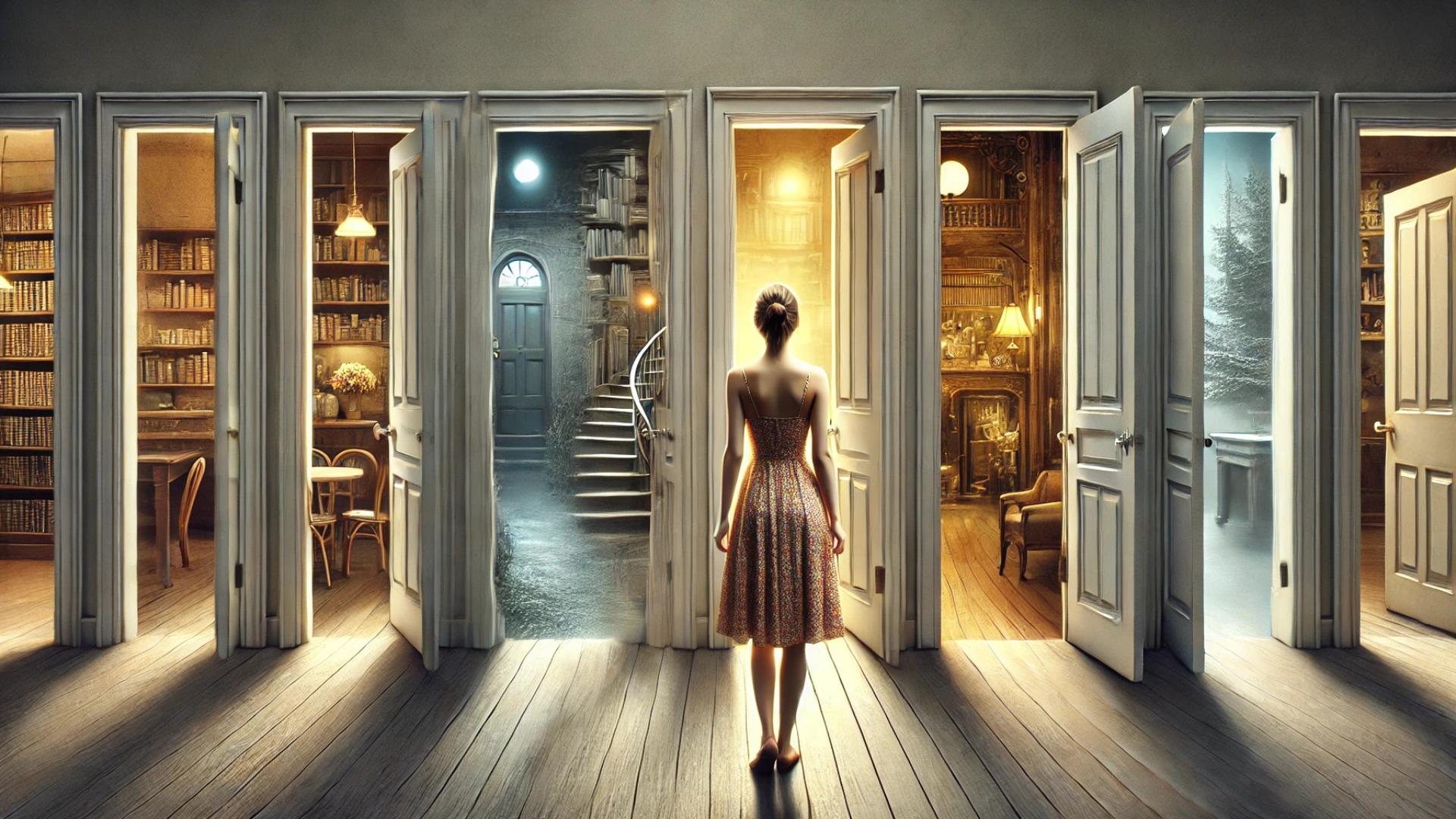Exploring the Top Ten Mystery Genres
Looking for your next thrilling read? Whether you love quirky small-town sleuths, gritty detectives, or the charm of amateur investigators, the mystery genre has something for everyone. Let’s explore the most popular types of mysteries—from cozy and classical to psychological and amateur sleuths—so you can find your next read.
1. Cozy Mysteries
Cozy mysteries are all about lighthearted crime-solving, often set in small towns with quirky characters and minimal violence.
- Amateur Sleuths: Bakers, librarians, or antique shop owners stumble into solving crimes.
- No Graphic Violence: Crimes happen off-page, and the tone stays light and comforting.
- Charming Settings: Think small towns, local shops, and recurring characters.
Examples: The Secret, Book & Scone Society by Ellery Adams and Dead to Rights by Jasmine Webb.
2. Paranormal Cozy Mysteries
These mysteries blend the cozy genre with magical or supernatural elements, adding an otherworldly twist to the investigations.
- Magical Detectives: Ghost whisperers, witches, and psychics solve mysteries.
- Supernatural Elements: Expect spells, enchanted objects, and hauntings.
- Playful Tone: Humor and whimsy balance the suspense.
Examples: Southern Spirits by Angie Fox, Haunted Hibiscus by Laura Childs, and Antiques and Apparitions by yours truly.
3. Classical Mysteries
Classical mysteries harken back to the golden age of detective fiction, where logic, observation, and deduction take center stage.
- Fair-Play Puzzle: Readers get the same clues as the detective, inviting them to solve the case.
- Gentle Suspense: Tension builds through clever twists, not graphic scenes.
- Iconic Detectives: Brilliant sleuths like Hercule Poirot, Miss Marple, and Sherlock Holmes lead the way.
Examples: A Study in Scarlet by Arthur Conan Doyle and The Moonstone by Wilkie Collins.
4. Hard-Boiled Mysteries
Hard-boiled mysteries dive into gritty, urban crime worlds, featuring detectives who operate in morally gray territory.
- Tough Protagonists: Detectives are jaded and often cynical.
- Dark and Violent: Grit and danger are part of the experience.
- Urban Grit: The setting is just as raw and complex as the plot.
Examples: The Maltese Falcon by Dashiell Hammett and The Big Sleep by Raymond Chandler.
5. Private Investigator Mysteries (PI)
PI mysteries follow freelance detectives who solve cases outside of law enforcement.
- Freelance Detectives: PIs take on cases that others won’t or can’t solve.
- Complex Investigations: Fraud, missing persons, and betrayal are common themes.
- Tone Varies: From humorous to gritty, these stories offer variety.
Examples: The No. 1 Ladies’ Detective Agency by Alexander McCall Smith and ‘A’ is for Alibi by Sue Grafton.
6. Amateur Sleuth Mysteries
Amateur sleuths are ordinary people with a knack for solving mysteries. These stories offer everything from cozy comfort to suspenseful thrills.
- Everyday Investigators: Detectives can be retirees, bookkeepers, or bail bondswomen.
- Tone Varies: Some are lighthearted, while others are more suspenseful.
- Unique Protagonists: Their personal quirks make them engaging to follow.
Examples: The Thursday Murder Club by Richard Osman and One for the Money by Janet Evanovich.
7. Whodunnits
The whodunnit is a puzzle-based mystery where readers try to solve the crime before the final reveal.
- Multiple Suspects: Everyone has a motive, keeping readers guessing.
- Red Herrings: False clues mislead both the detective and the reader.
- Dramatic Reveal: The solution often comes in a big, satisfying moment.
Examples: And Then There Were None by Agatha Christie and Magpie Murders by Anthony Horowitz.
8. Police Procedurals
Police procedurals focus on the step-by-step methods law enforcement uses to solve crimes.
- Detailed Investigations: Forensics, interviews, and evidence are key.
- Team Dynamics: Detectives, analysts, and officers work together.
- Gritty Realism: Stories often feature serial killers or violent crimes.
Examples: Into the Woods by Tana French and Bitter Roots by C.J. Carmichael.
9. Psychological Mysteries
Psychological mysteries explore the motivations behind crimes, often delving into the minds of both criminals and detectives.
- Character-Driven Plots: Inner conflict and motivations shape the story.
- Twists and Turns: Perceptions shift as new information is revealed.
- Unreliable Narrators: Characters may mislead readers—or themselves.
Examples: Gone Girl by Gillian Flynn and The Girl on the Train by Paula Hawkins.
10. Historical Mysteries
Set in the past, historical mysteries immerse readers in a bygone era while weaving in a compelling crime.
- Historical Detail: The time period influences the plot and characters.
- Unique Constraints: Detectives work without modern technology.
- Atmospheric Settings: Rich descriptions bring the past to life.
Examples: The Alienist by Caleb Carr and The Name of the Rose by Umberto Eco.
From cozy mysteries filled with charm and wit to hard-boiled detectives tackling gritty urban crime, there’s a mystery genre for everyone. Whether you enjoy classic whodunnits, amateur sleuths, or a touch of the paranormal, each type offers a unique reading experience.
What Do You Think?
Which mystery genres do you like best? Let me know in the comments.
Buy My Books
If you like this article and you want to support my work, please buy my books on Amazon.

